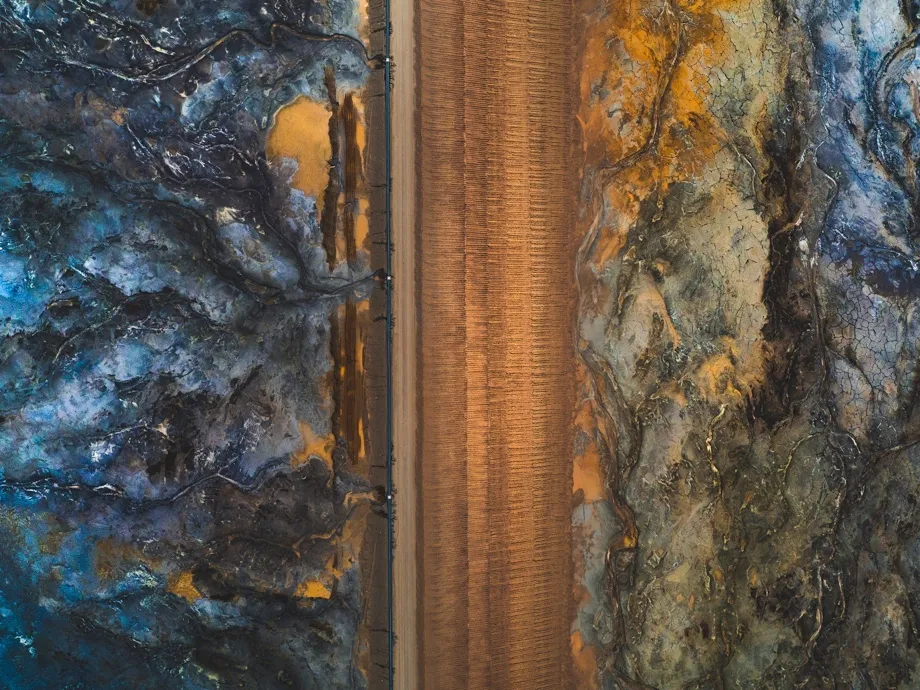The mineral pyrite has long been called fool’s gold, its metallic yellow crystals tricking miners into thinking they'd struck real gold. It is not without its uses – the compound creates sparks when hit with steel which can be used to start a fire – but it has always been seen as worthless next to its coveted cousin.
Now, scientists have discovered that the mineral, made of iron and sulfur, actually contains a type of gold hidden within its crystal structure. Research suggests that extracting this gold could be more sustainable than current energy-intensive gold-mining processes.
Fool’s gold is found inside rocks beneath the Earth's surface, sometimes near real gold deposits. The mineral has a crystalline structure, which grows over the years and stretches within the rock. Each time the crystals stretch and twist, they break the bonds of nearby atoms. When these bonds are remade, they can sometimes contain small imperfections, areas called 'dislocations' that are each around 100,000 times smaller than the width of a human hair.
According to new research, these tiny dislocations can actually contain gold particles.

“Our research shows that gold can be captured when the crystals are being twisted during their history," said the lead researcher of the new study, Dr Denis Fougerouse from Curtin’s School of Earth and Planetary Sciences.
This gold is quite different to the gold of your wedding band or filling: it's known as 'invisible' gold because it is in such small quantities that it cannot be detected by a microscope. Instead, an instrument called an atom probe is needed to analyse the tiny amounts found within pyrite's crystal structure.
“[Invisible] gold is not as valuable as “free gold” where the gold is available by simple physical separation," explained Fougerouse, "but it is still profitable with the right infrastructures, and just as precious as any other kind of gold."
Read more about gold:
- Microscopic gold tubes could improve treatment for asbestos-related cancers
- Why is gold called a 'heavy' metal despite being soft?
Gold has also been found in fool's gold in the form of an alloy, where the pyrite and gold atoms are mixed together.
"It is possible that the gold used to make the jewellery you wear could have been extracted from pyrite originally," said Fougerouse. But to extract the gold from these minerals, however, miners need to use large reactors that require huge amounts of energy to run.
Fougerouse and the team hope that their new discovery could lead to better, more environmentally-friendly ways to mine gold. They have come up with a (yet untested) process for leaching the gold particles from the pyrite crystals, and even suggest using bacteria to 'attack' the dislocations to break down the crystal structure and release the gold.
It would be foolish to think our future fillings and wedding rings will be made from pyrite's 'invisible gold', however.
“Pyrite is a very common mineral and only pyrites that crystallised in the right geological setting will host significant gold," said Fougerouse. "Some pyrites still live up to their reputation of fool’s gold!”
